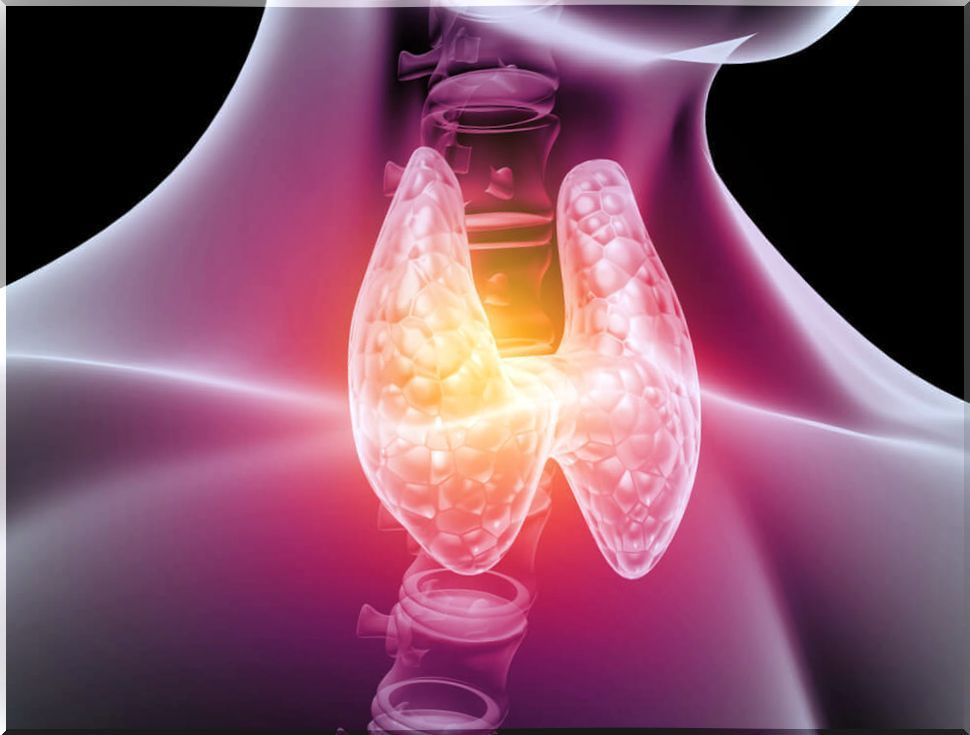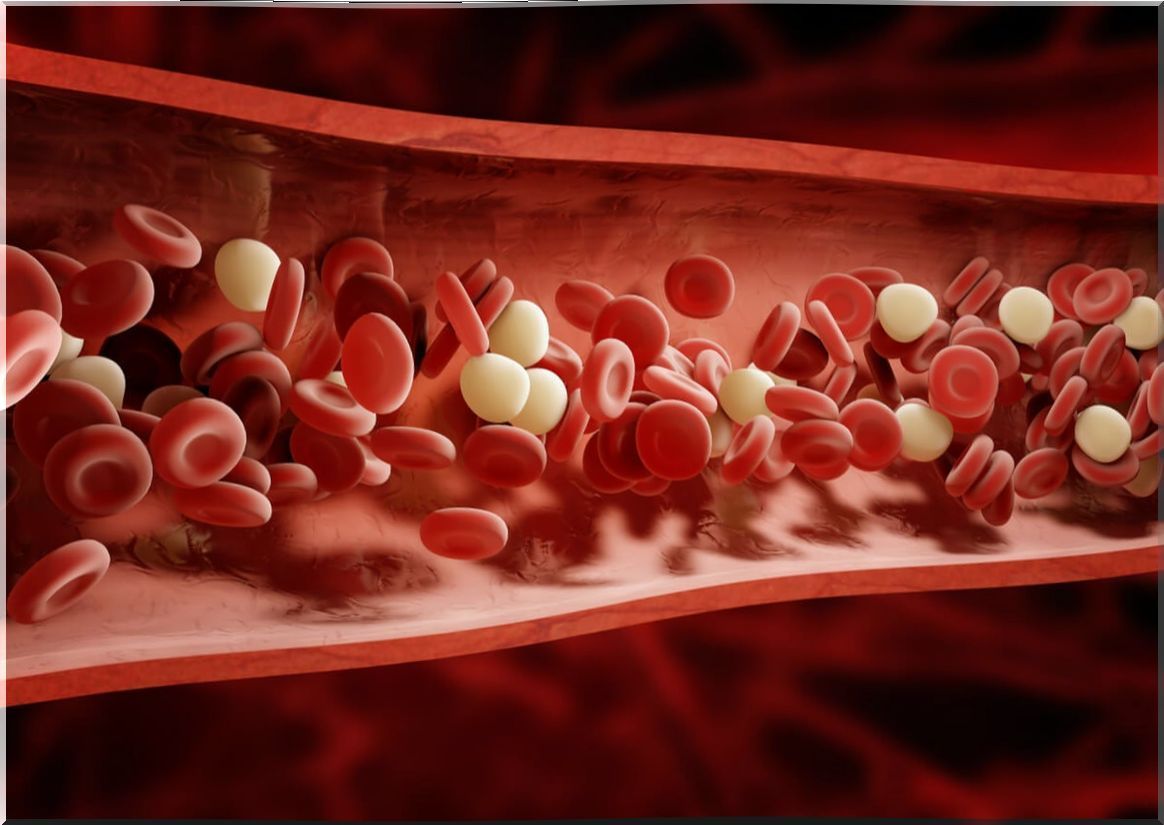How Does The Endocrine System Work?
The endocrine system is a complex chemical laboratory that regulates many of the most important processes in the body. It works from glands that manufacture and process fundamental chemical elements: hormones.

The endocrine system is one of the least known, but also one of the most essential in the body. The glands that it includes, as well as the hormones that it releases, influence the functioning of practically all cells and, therefore, all the organs of the body.
Not everyone knows that the endocrine system plays a fundamental role in such essential aspects as growth and development, mood regulation, metabolism, tissue function, sexual function, and reproductive processes.
Almost all organic processes that take place slowly are regulated by the endocrine system. Instead, the processes that take place rapidly are directed by the nervous system. However, the endocrine system and the nervous system work together for the body to function properly.
What is the endocrine system?

The endocrine system is a structure made up of glands that produce hormones . The latter are a kind of messengers that transmit instructions from one cell to another. That is why it is said that it is a system that influences practically all the cells of the body.
Not all hormones are generated by the endocrine system, but those that involve more cells are. The processes of this system are similar to those of the nervous system. The difference is that, while the latter uses electrical impulses at a distance, the endocrine uses substances (hormones), that is, chemical signals.
You could say that the endocrine system is a cellular communication network. Therefore, an excessive amount of hormones, as well as a reduction in their level, can cause various problems. These levels are affected by different factors such as stress, infections or fluid and mineral imbalances in the blood.
Components of the endocrine system

The glands that make up the endocrine system are the following:
- Hypothalamic. It unites the endocrine system and the nervous system. Regulates the release of hormones that takes place in the pituitary, another of the glands of the system.
- Pituitary. It is called the “master gland” because it controls several other glands. It manufactures hormones related to growth, thyroid function, adrenal gland function, mother’s milk production, diuretic hormone, oxytocin, endorphins, sex hormones, and reproductive processes.
- Thyroid gland. It manufactures the thyroid hormones: thyroxine and triiodothyronine. These regulate the generation of energy in cells, from food. They also act on the growth and development of bones, the brain and the nervous system.
- Parathyroid glands. They secrete parathyroid hormone . It regulates the metabolism of calcium and phosphorus in the body.
- Adrenal glands. The adrenal cortex manufactures corticosteroids, which regulate water and salt balance, metabolism, stress response, immune system, development, and sexual functions. The adrenal medulla manufactures catecholamines , which increase heart rate and blood pressure under stress.
- Pineal gland. Regulates the processes of sleep and awakening.
- Reproductive glands. They are the main source of sex hormones.
- Pancreas. Make insulin and glucagon. These hormones regulate the level of glucose in the blood; they also contribute to the functioning of other organs.
Functioning
The glands select and process materials that are in the blood. Then they secrete a finished chemical, which is hormones. Later, they release these hormones into the blood, so that they are transported to the cells to which a certain message is intended.

During their journey, the hormones find some specific proteins that bind to them. These act as transporters and regulate the level of the hormone. In turn, cells have receptors, which are only activated in the presence of a specific hormone. When the hormone reaches the target cell, a coupling occurs.
Hormones have different effects. The main ones are the following:
- Stimulant : increases the activity in a tissue.
- Inhibitory : decreases the activity in the tissue.
- Antagonist : occurs when two hormones have opposite effects, in order to achieve a balance.
- Synergist : when two similar hormones come together to produce a more powerful effect.
- Tropic : when the function of the hormone is to alter the metabolism of other endocrine tissue.
- Quantitative balance : takes place when the action of one hormone depends on the concentration level of another.
When the hormonal level is sufficient, mechanisms are activated to stop the secretion. This regulatory process is carried out by the same hormone or other substance present in the blood that is related to it.









